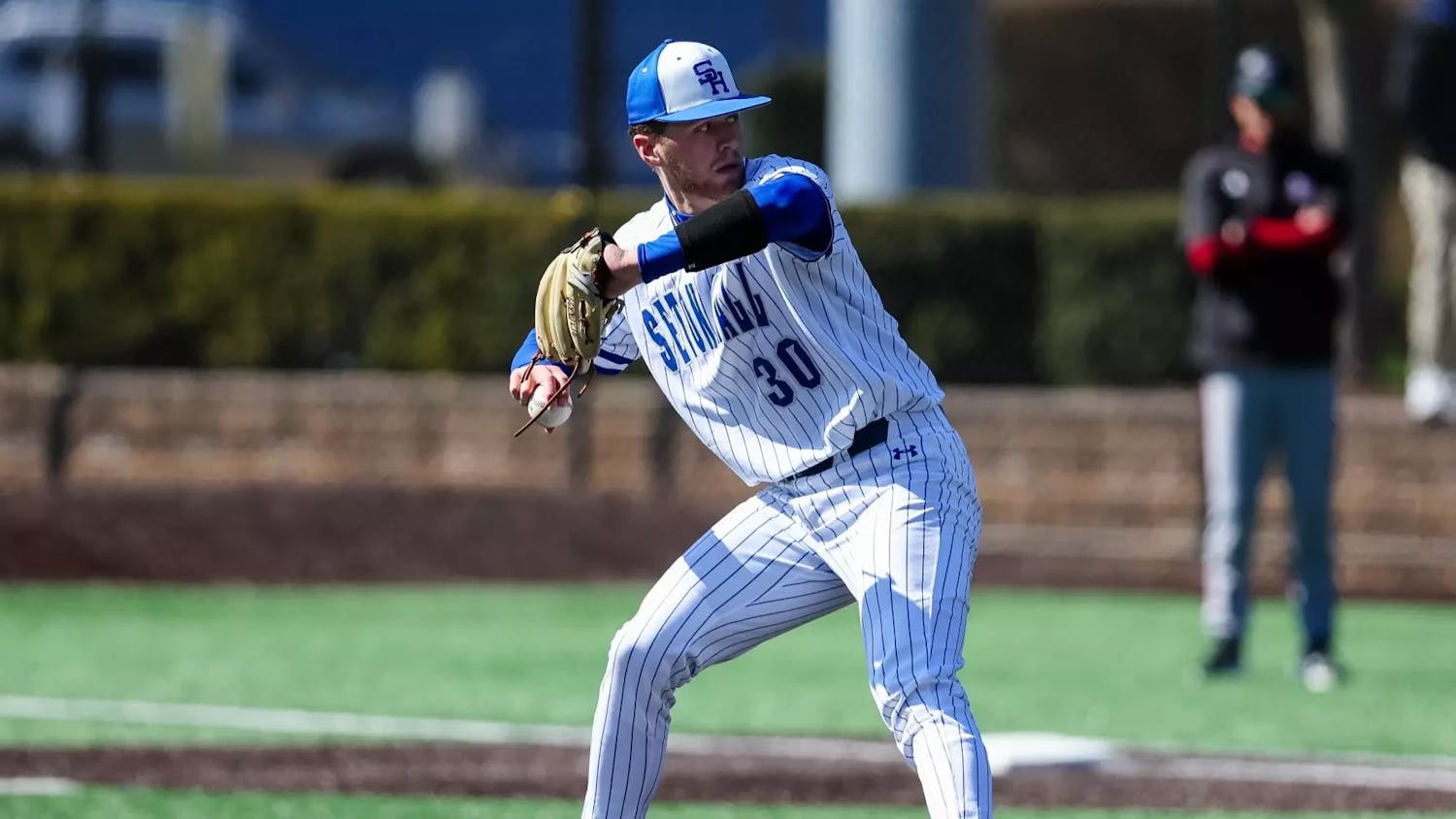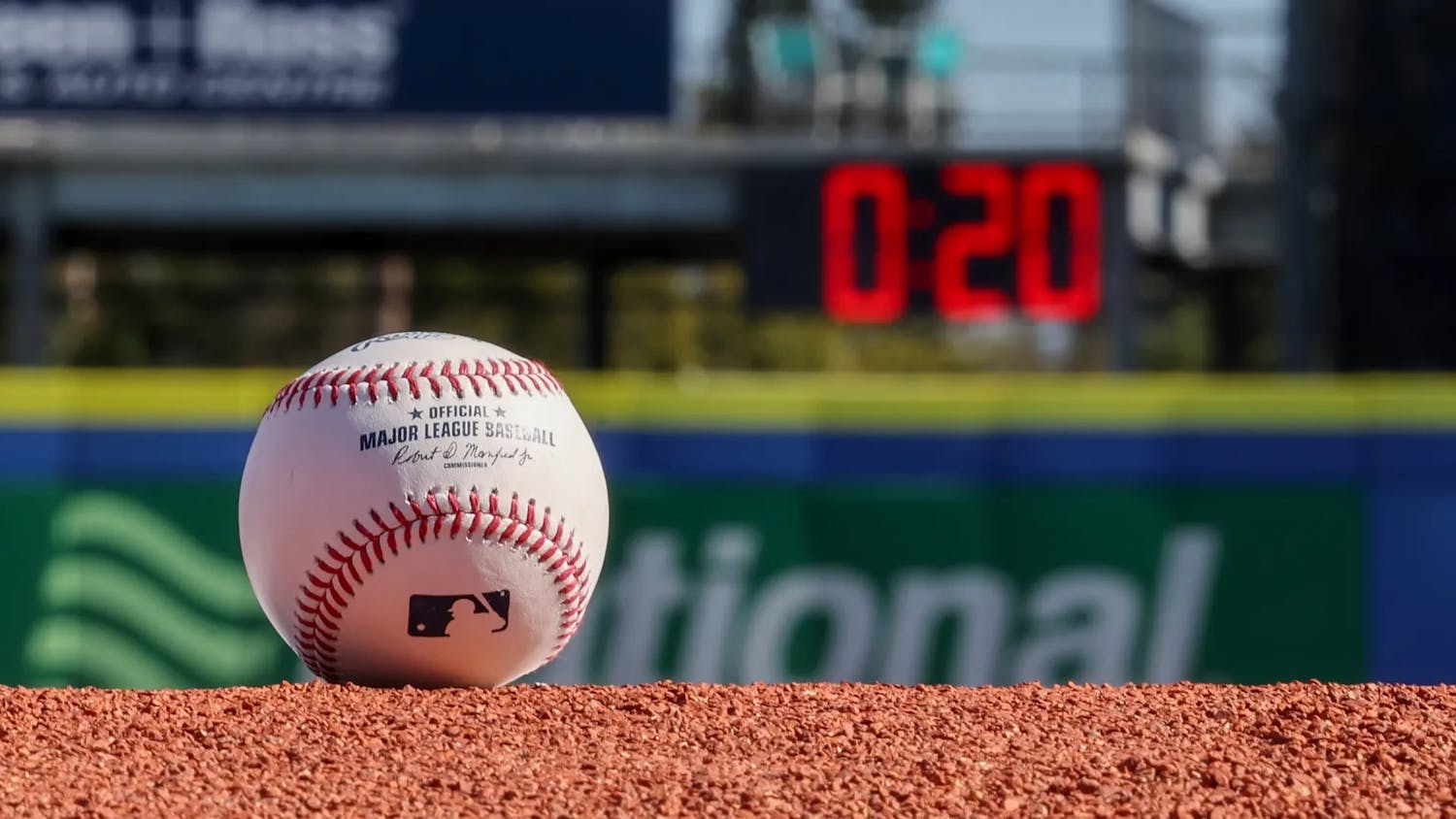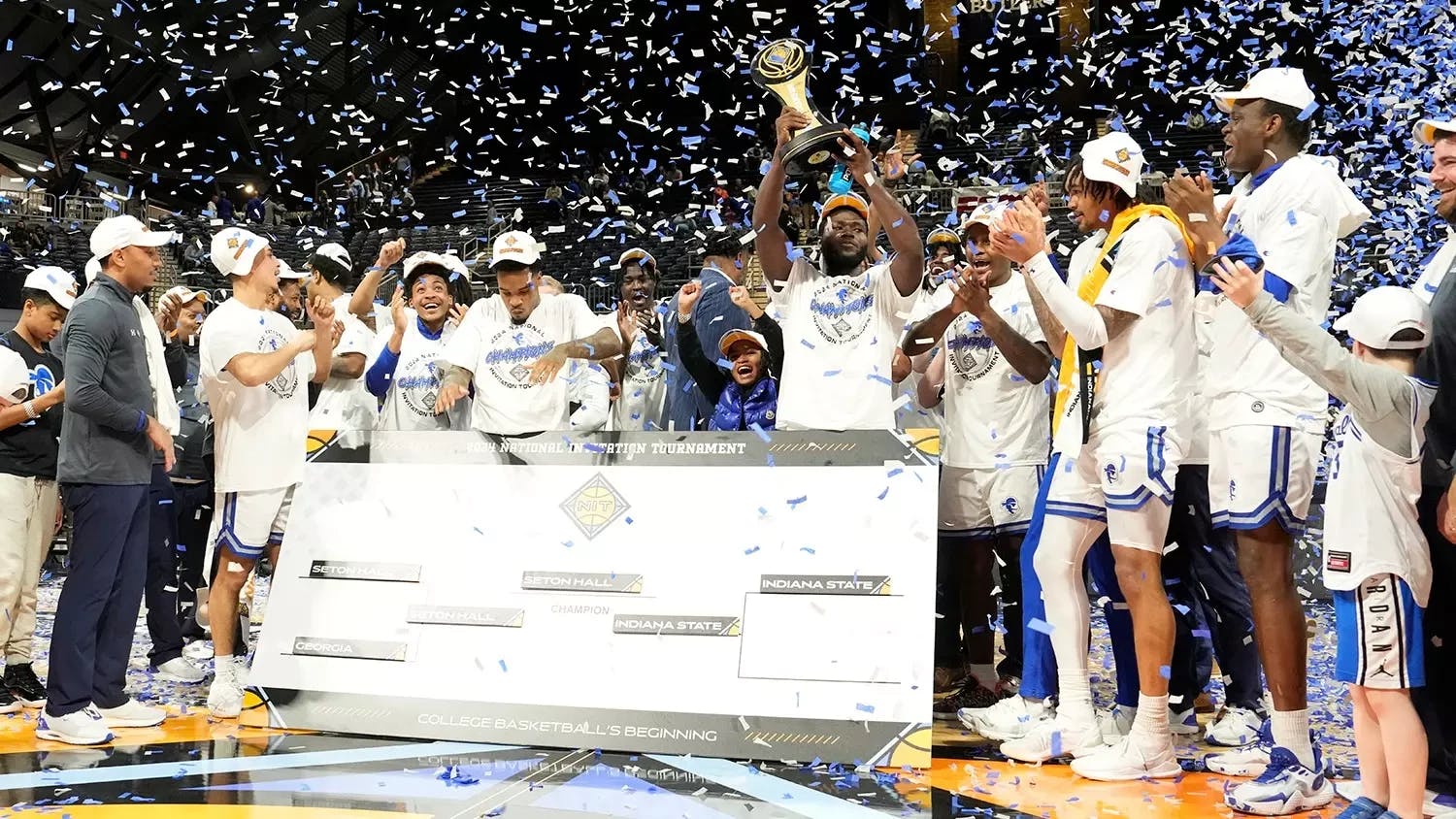Everyone knows that college basketball needs major changes, and some possibilities were presented on April 25 by the Commission on College Basketball’ in a 53-page report. There were ideas, but few answers as to how those ideas can be implemented.
That is where the commission fell short and where college basketball still hangs in the balance.
[caption id="attachment_23008" align="aligncenter" width="838"] Photo via UK Athletics[/caption]
The commission, made up of prominent figures in college basketball and led by former Secretary of State Condoleezza Rice, was formed last October when NCAA president Mark Emmert called for its creation following the news of an FBI investigation that rocked the sport. The commission was tasked to lead to “decisive action,” but that was not found.
A lot of the commission’s proposal left decisions up to others, specifically the NBA. The commission proposed that the one-and-done role needs to go so high school students could go straight to the NBA.
The only problem is that the NBA benefits from one-and-done players. In the one year in college, athletes can get a year of experience and the NBA ends up with a more proven crop of talent. But now it is the NBA to get rid of it, with just a recommendation from the commission.
While the report recommends that athletes should be allowed to talk with agents in high school and work with potential sponsors, it does not address the pay-for-play notion. Instead, the commission insists on withholding the amateur model, or as Rice told The Athletic, the “collegiate model.”
Paying players may create more problems in NCAA basketball, but the possibility was not addressed in the report.
There was also barely a mention on the FBI investigation that spurred the commission’s creation in the first place. Apparel companies are still known to play a role in the cheating scandal of paying players prior or during college, and that problem is not going to go away soon. The commission did not address it.
Another proposal by the commission focused on increasing penalties for coaches and programs that are caught cheating. These penalties seem fair, but is unfair to the players already on the teams’ rosters that committed to those coaching staffs. The players will be stuck in the program that cheated, even though they were likely not in the illegal transactions themselves.
The commission wants to protect the players, but what is missing is how it will happen. The report suggests players have the option to retain collegiate eligibility if they are not drafted; as the rule stands now that players have until a set date to make a decision. This seems like a fair decision to let players see where they stand in the talent pool and then come back for another season of college.
But the commission’s report was more than just recommendations – there were threats included as well. If the NBA fails to adjust the age limit in ridding of one-and-dones “by the end of 2018,” the commission may revisit “freshman ineligibility,” not allowing freshmen to enter the NBA draft or play for a college team.
The NBA does not have to listen to the NCAA, and it often does not. Throwing a threat to possibly spur action may likely not work, and if the commission sticks to its word, can make eligibility difficult for freshmen.
While the commission’s report is in some ways a step forward in fixing the college basketball landscape, answers are still missing. This shows even more how far the NCAA is from getting where it wants, and needs, to be.
Elizabeth Swinton is a broadcasting and visual media major from Linden, N.J. She can be reached at elizabeth.swinton@student.shu.edu or on Twitter @eswint22.
Photo via UK Athletics[/caption]
The commission, made up of prominent figures in college basketball and led by former Secretary of State Condoleezza Rice, was formed last October when NCAA president Mark Emmert called for its creation following the news of an FBI investigation that rocked the sport. The commission was tasked to lead to “decisive action,” but that was not found.
A lot of the commission’s proposal left decisions up to others, specifically the NBA. The commission proposed that the one-and-done role needs to go so high school students could go straight to the NBA.
The only problem is that the NBA benefits from one-and-done players. In the one year in college, athletes can get a year of experience and the NBA ends up with a more proven crop of talent. But now it is the NBA to get rid of it, with just a recommendation from the commission.
While the report recommends that athletes should be allowed to talk with agents in high school and work with potential sponsors, it does not address the pay-for-play notion. Instead, the commission insists on withholding the amateur model, or as Rice told The Athletic, the “collegiate model.”
Paying players may create more problems in NCAA basketball, but the possibility was not addressed in the report.
There was also barely a mention on the FBI investigation that spurred the commission’s creation in the first place. Apparel companies are still known to play a role in the cheating scandal of paying players prior or during college, and that problem is not going to go away soon. The commission did not address it.
Another proposal by the commission focused on increasing penalties for coaches and programs that are caught cheating. These penalties seem fair, but is unfair to the players already on the teams’ rosters that committed to those coaching staffs. The players will be stuck in the program that cheated, even though they were likely not in the illegal transactions themselves.
The commission wants to protect the players, but what is missing is how it will happen. The report suggests players have the option to retain collegiate eligibility if they are not drafted; as the rule stands now that players have until a set date to make a decision. This seems like a fair decision to let players see where they stand in the talent pool and then come back for another season of college.
But the commission’s report was more than just recommendations – there were threats included as well. If the NBA fails to adjust the age limit in ridding of one-and-dones “by the end of 2018,” the commission may revisit “freshman ineligibility,” not allowing freshmen to enter the NBA draft or play for a college team.
The NBA does not have to listen to the NCAA, and it often does not. Throwing a threat to possibly spur action may likely not work, and if the commission sticks to its word, can make eligibility difficult for freshmen.
While the commission’s report is in some ways a step forward in fixing the college basketball landscape, answers are still missing. This shows even more how far the NCAA is from getting where it wants, and needs, to be.
Elizabeth Swinton is a broadcasting and visual media major from Linden, N.J. She can be reached at elizabeth.swinton@student.shu.edu or on Twitter @eswint22.

Comments




